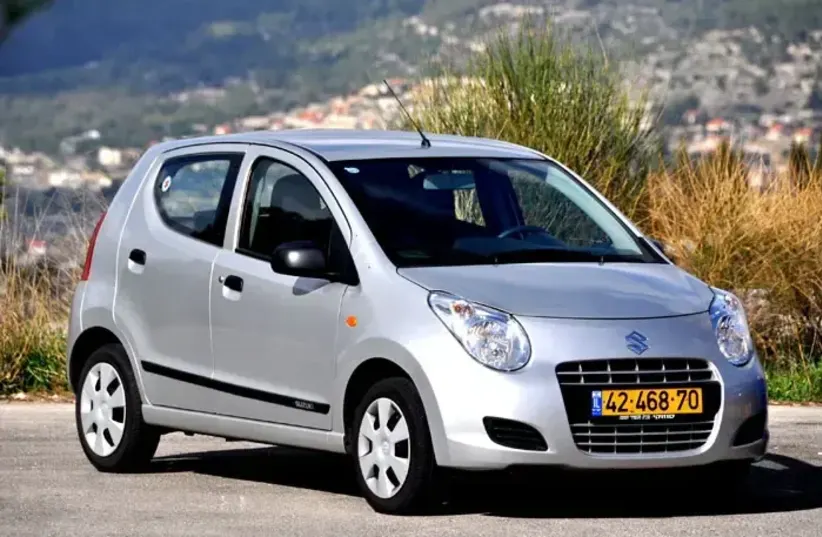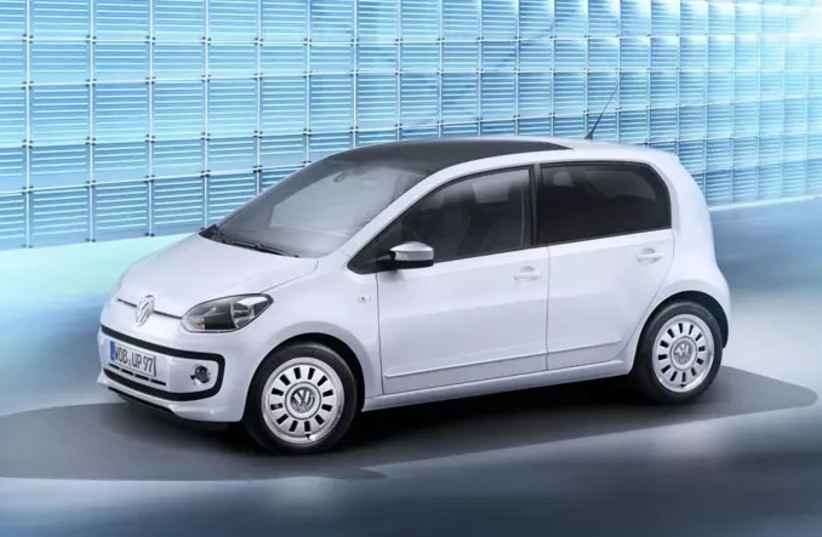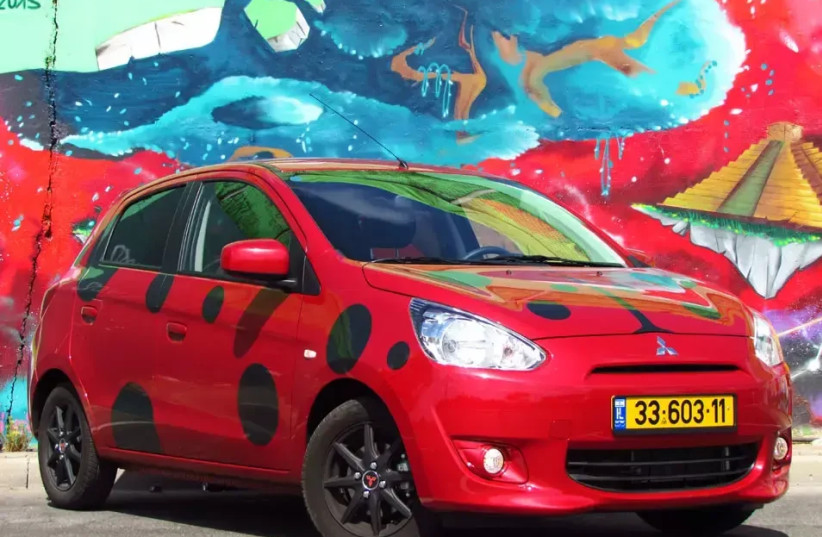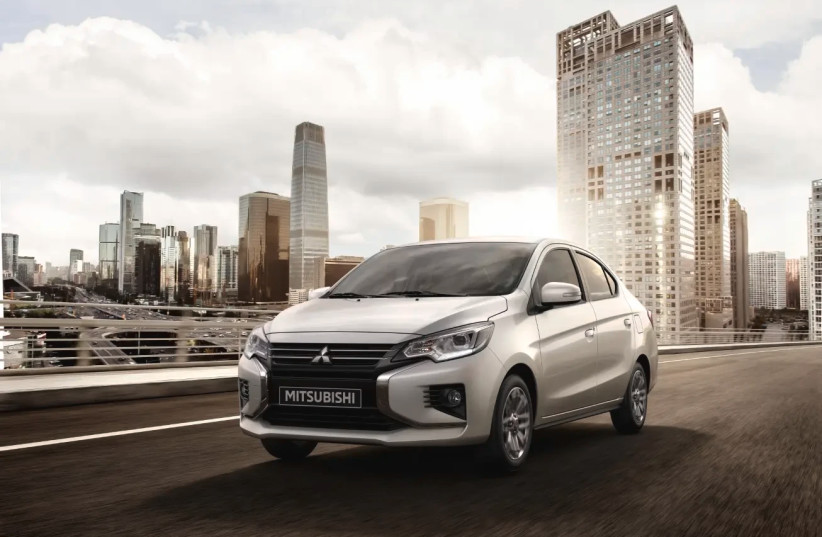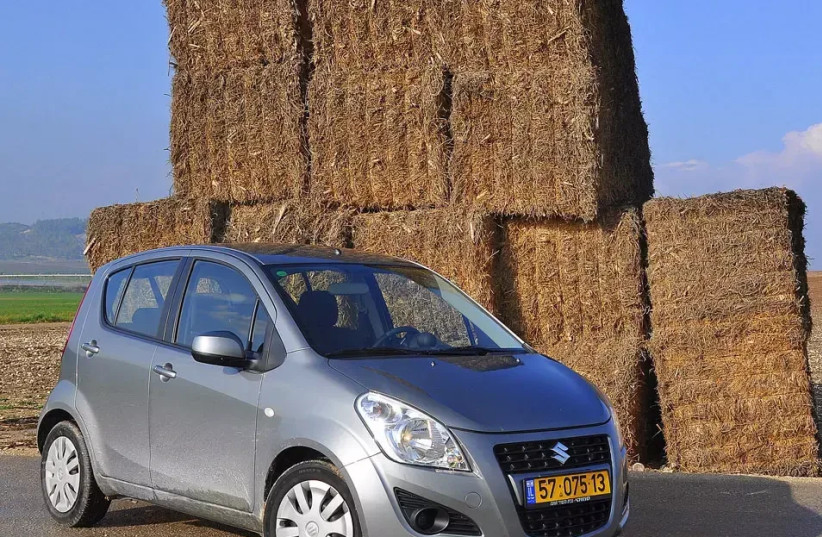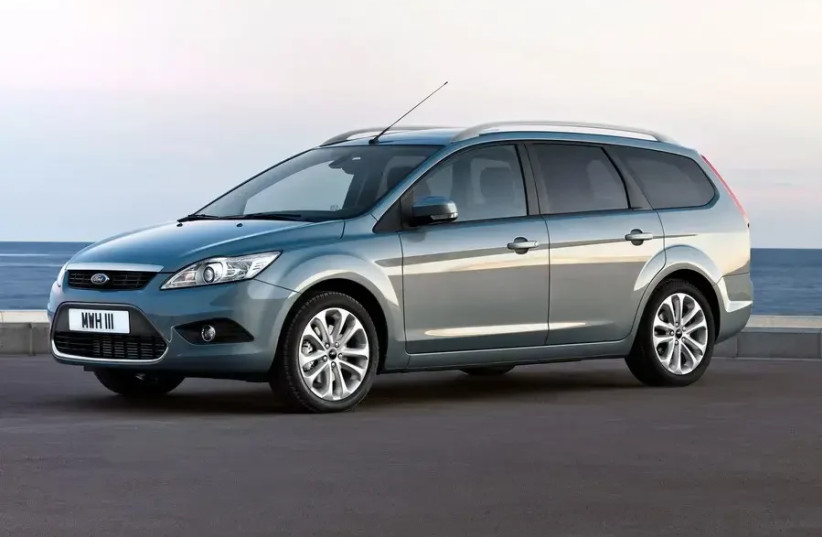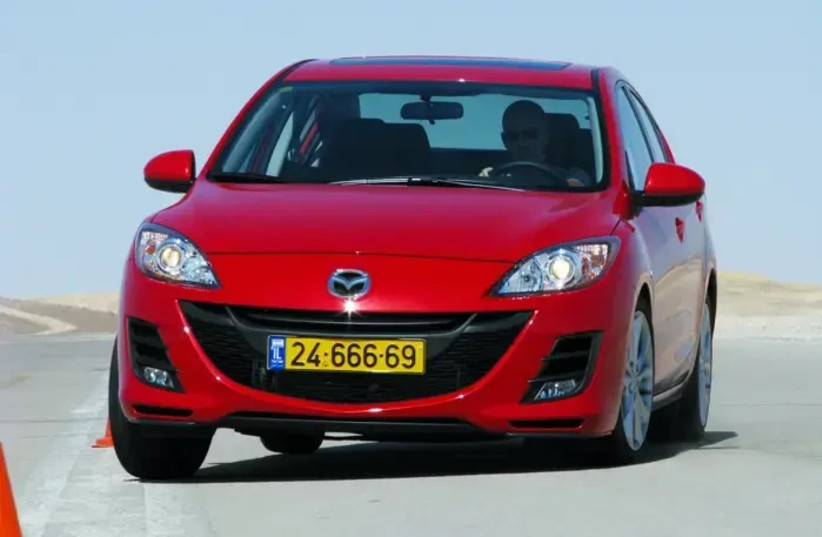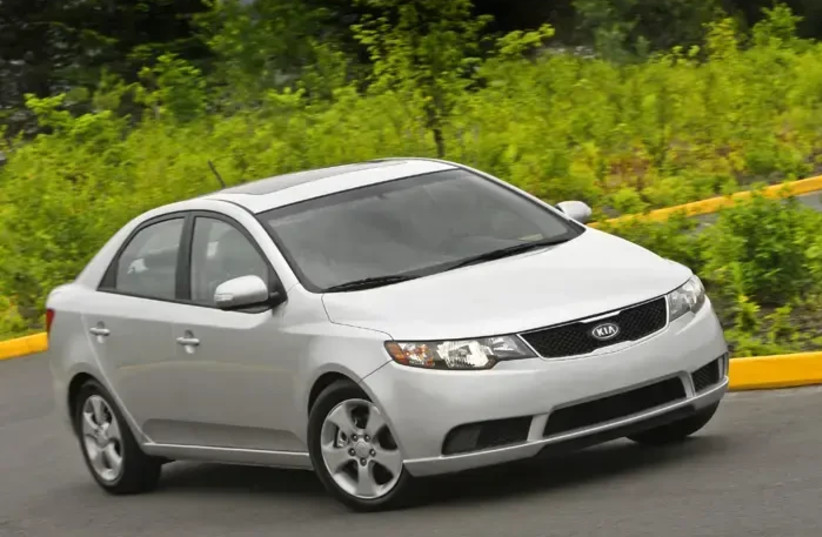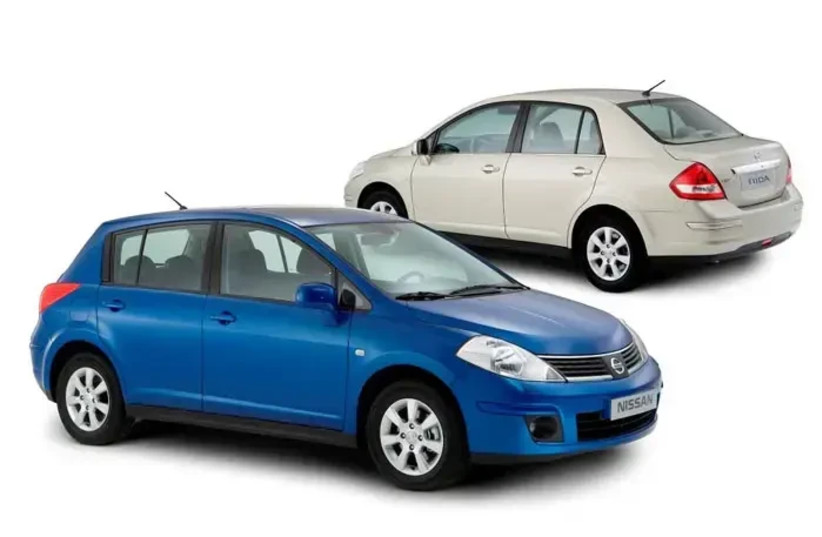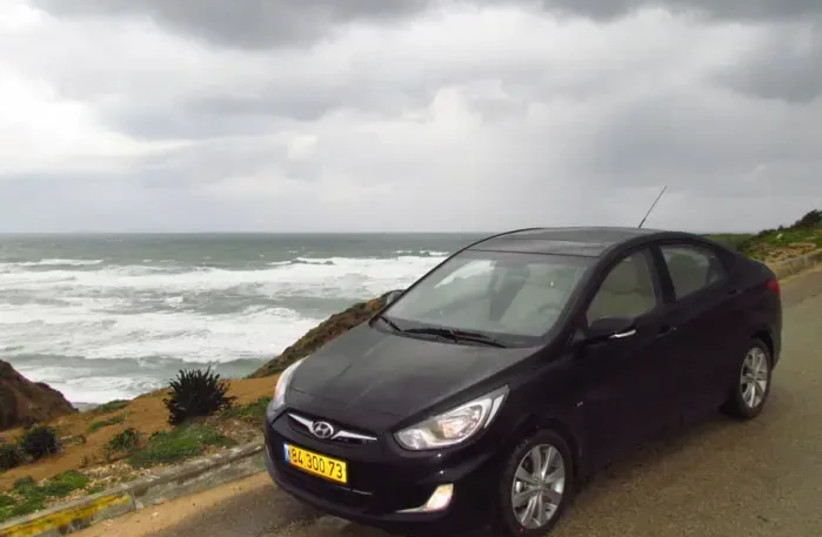In Israel, it is difficult to manage without a private car. Even those who manage to get to work or school by walking, bike riding, or using public transportation discover that there are quite a few cases where a private car is better. Not only on weekends, but also for those who do not live in an urban area with good alternative transportation. But what will those who have a limited budget for purchasing a car do? The used car market is full of options for every budget and for every purpose.
But for this guide, we narrowed the list down to cars that are more reliable than others, simpler and cheaper to maintain, and above all, cheaper and better value for money compared to used icons, such as the Kia Picanto in the mini group, the Toyota Yaris in the super mini, and the Toyota Corolla in the family.
These are not the fastest, most comfortable, and most luxurious cars, nor are they the most economical, but they are the safest purchases at the price level we chose, up to about NIS 20,000. At such a price level, you can find cars that are less than 10 years old, that will satisfy the transportation needs of a family or student and are available on the second-hand market.
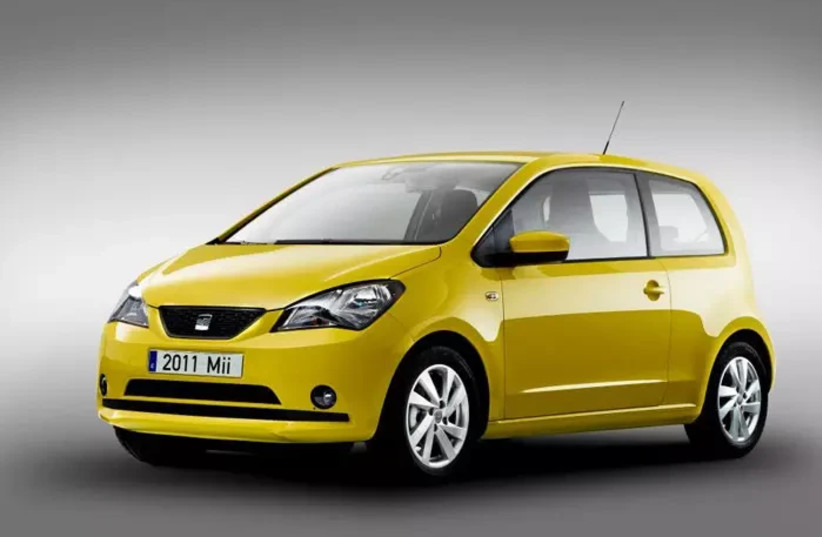
We have chosen the alternatives that will be as cheap as possible but also as recent as possible, and we have compiled the information you need to know to start the search, including the years relevant to the price level we defined, the level of safety, the advantages, and disadvantages. As always, the rule of thumb of the used car market are also valid here: patiently look for less worn cars, cross check the mileage data, check the accident history in the clearinghouse database of the insurance companies.
And remember: There is no 100% certainty about the quality of the car you will purchase, but it is certainly possible to reduce risks. And another rule of thumb: where there is a manual option, it will be significantly cheaper than the automatic, more economical, more reliable and cheaper, so that you can buy the same new car for the same price in one to three years.
Suzuki Alto: Mini expenses too
The car that reinvented the small car market in Israel survives well even today and is offered in relatively large numbers. Parks anywhere, very economical thanks to the 1,000 cc engine with 68 hp, 5-speed manual transmission or a true 4-speed automatic. Simple in design, but efficient in execution, improved during 2011 when it was upgraded from 4 to 6 airbags.
Years: 2009-2013
Safety: 3 stars with 4 airbags, 4 stars with 6
Why yes: Economical, very cheap to maintain, powerful air conditioner, easy to drive and park.
Why not: Only 4 seats, the automatic is slow, they are all noisy, crowded in the back and in the trunk, and their cabin is small.
Skoda Citigo/Mitsubishi/Volkswagen Up!: Modern Beetle
The trio of mini vehicles of the Volkswagen Group are technologically simple cars and intelligent in design, which, although no longer imported to Israel, are still produced today in an electric version. 3 and 5 door versions, 1,000 cc engine, with 60 or 75 hp, manual or robotic 5-speed gearbox. Very good build quality, relatively reliable robotic gearbox and cheap to maintain (about NIS 6,000 to replace a clutch at the importer's garages, 3,500 at specialized private garages). Volkswagen and Mitsubishi versions are slightly more equipped.
Years: 2012-2016
Safety: 5 out of 5 stars in the European crash test.
Why yes: Spacious relative to the size, comfortable relative to small cars, very safe for its time, including a rare autonomous emergency braking at the time (up to 30 km/h). Very economical (17-19 km per liter), excellent maneuverability and good performance even with the engine the weak
Why not: Poor equipment, including rear seat windows that only open a narrow slit and no trip computer. A robotic gear of the vibrating type.
Mitsubishi Space Star: What is good for the IDF
The Mini (which was still considered a Super Mini when it was launched) and the enlarged sedan version it's based on are efficient, unspoiled workhorses. 1,200 cc gasoline engine (71-80 hp) together with a continuous automatic or manual transmission, provides excellent fuel consumption. reliability? The IDF still has ones that have traveled more than 200,000 km under the conditions of a captive workshop, and survived without removing the steering wheel
Years: 2013-2014
Safety: 4 stars for the Space Star in the European crash test.
Why yes: Fuel consumption of 15-16 km in real life, a trunk of 450 liters in volume, which can drive two adults in surprising comfort. The Space Star is very easy to park, both are well equipped.
Why not: as loud as a gunner's drill, noise insulation of a Mark 4 chariot, rocking in turns, a narrow back seat for three.
Suzuki Splash: Buy a Mini, sit in a jeep
The sandwich girl between the Alto and the Swift, came out to father and mother Suzuki as tall as a jeep, which gave her a corresponding seating position, made her more spacious than other mini cars, easy to get in and out of and has an excellent field of vision. A 1,200 cc engine originally produced 86 hp, but was upgraded to 94 hp in the facelift in 2012. There is a choice between a 4-speed automatic and a 5-speed manual, which as usual provides a bonus in fuel consumption and performance. Another successful Japanese which failed to become a hit when it was new, and since then has suffered from low market prices.
Years: 2011-2013
Safety: 4 stars in the European crash test.
Why yes: High sitting position, maneuverability in the city, spacious, equipped, and reliable.
Why not: the trunk is small even in mini concepts, there is no glove compartment, only 4 seats.
Ford Focus: Breaking the stigma
The reliability of the family Ford got a bad name, but that's mainly because of the third and fourth generations (nowadays the fifth generation is sold). The second generation is the most successful of them: spacious, safe and reliable, with a rare variety on the market, of a sedan (4 doors) with a large trunk, a station wagon (5 doors) and a compact (5 doors). There are 1,600 cc (100 hp) and 2,000 cc (145 hp) engines, from the Mazda 3 of the time, and a 4-speed automatic transmission. The recommended models are from the end of 2008 until the end of model production, with stability control as standard, 6 airbags and quality improvements.
Years: 2006-2011
Safety: 5 stars in the European crash test.
Why yes: Spacious, comfortable, good road behavior, a useful station wagon and a fun 2 liter version.
Why not: Performance at 1,600, fuel consumption and pretty boring exterior design.
Subaru Impreza: Japanese and not expensive
In the years when Subaru was still an icon in the Israeli market, and still not synonymous with Jeeps, the second generation of the Impreza and the granddaughter of the mythological Leona arrived in Israel. We will leave the desirable sisters WRX and STI and focus on the base models with 1,600 cc (95 hp) and finally 1,500 hp (105 hp) engines, and a 4-speed automatic transmission, or a few 5-speed manuals. Such treated cars easily cross the 200,000 km mark. There are also a few station wagon versions and even 2 liter (150 hp) with dual drive, hot and rare.
Years: 2001-2008
Safety: 4 stars in the European crash test
Why yes: Simple and easy to drive, comfortable and useful
Why not: Performance at 1,500/1,600, space at the back
Mazda 3: the national used car
For almost a decade and a half Mazda 3 was the best selling car in Israel. But you can see it on the roads in large numbers thanks to its high reliability and long survival, good production quality, alongside technological simplicity that allows almost any garage to repair it. The important version for our purposes is the 1,600 cc (105 hp) with a 4-speed automatic transmission (there is also a 2-liter with 150 hp, 5-speed automatic, but we didn't come to enjoy, we came to save). There is no problem finding cars Private instant reserves.
Years: 2009-2010
Safety: 5 out of 5 stars in the European crash test
Why yes: Quality and noise insulation are improved compared to the first years. Excellent road behavior, good comfort, successful human engineering. Plenty of spare parts and garages available.
Why not: Not the most economical, and at 1,600 certainly not the fastest either.
Kia Forte: The big sister of the Picanto that you missed
While the Picanto became the national minicar, with market prices to match, the market skipped over Kia's sedan family, and rightfully so. The Forte is a twin to the Hyundai i35, but cheaper than it. It has the two components that anyone looking for a more reliable used car would prefer, a non-turbo gasoline engine (1,600 cc, 124 hp), and a classic automatic transmission, 4 gears originally and 6 gears from the middle of the 2011 model year, which improved fuel consumption.
Years: 2009-2011
Safety: not tested in the European crash test, but received a "good" grade from the American IIHS.
Why yes: More agile and more spacious in the back seat than a Mazda 3 of the same years, and more economical. Relatively cheap in the garage and insurance.
Why not: Noisy engine, does not excel in driving comfort, and it is likely that you will need to replace the steering rod and airbag coils at some point.
Nissan Tida: The family car you forgot about
Long before the launch of the Juke and Qashqai, Nissan was the Japanese manufacturer with the strange cars that the Israelis didn't like. The Tida was the first to be sold in good numbers, in 4 and 5 door versions, a 1,600 cc engine with 110 hp, and an automatic transmission. It was well equipped in the private vision models and less so in the business for leasing, but the lack of popularity of the brand hurt the demand for it in the second hand market, giving it bargain prices in Japanese terms. Note that in the first two years not all cars have stability control and 6 airbags.
Years: 2008-2018
Safety: 4 stars in the European crash test (only with 6 airbags and stability control)
Why yes: The back seat is relatively spacious for two adults and the hatchback moves on a rail, so you can play between the size of the trunk and the knee space in the back seat. High sitting position, good ride comfort, good material quality, relatively cheap for Japanese family cars
Why not: Narrow back seat, the sedan is ugly as hell
Hyundai Accent/i25: Family workhorse
Hyundai's small family car has always been the queen of leasing. The second generation presented a great improvement in all areas, especially in safety which was bad in the first generation. And the third generation, which was also named i25 as part of the model marking system for the American market, presented another improvement, in terms of space and design. 1,400 cc engines with a continuous gearbox (97-100 hp), and 1,600 cc with an automatic gearbox (112-124 hp). Both of them sometimes logged hundreds of thousands of kilometers as a close-quarters vehicle of police officers, and survived
Years: 2009-2011
Safety: 4 stars in the European crash test for the second generation, a good score in the American IIHS test
Why yes: The accent is simple and safe for its time. The i25 is more spacious, interesting and economical.
Why not: The simplicity of the engines is expressed not only in reliability, but also in high fuel consumption, especially in the second generation.
